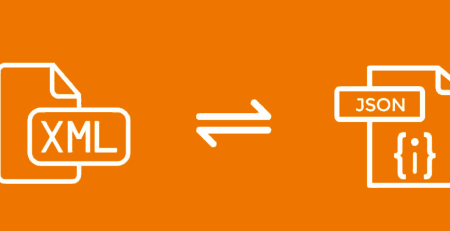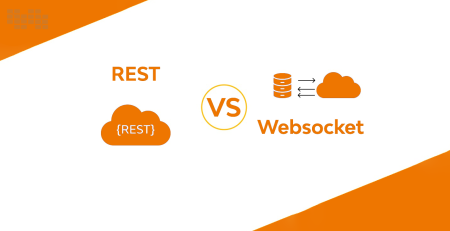C# Keywords Tutorial Part 11: byte
In C#, the “byte” keyword is used to declare variables that store integer values between 0 and 255. It is an unsigned integer type that takes up 1 byte of memory. In this blog post, we will explore the “byte” keyword in C# and provide some code examples to demonstrate its use.
Declaring a Byte Variable
To declare a variable of type “byte”, we use the “byte” keyword followed by the variable name. Here’s an example:
byte myByte = 42;
In this example, we declare a variable called “myByte” of type “byte” and initialize it to the value 42.
Converting Other Data Types to Byte
Sometimes we may need to convert other data types to a byte. We can do this using the “Convert.ToByte()” method. Here’s an example:
int myInt = 100; byte myByte = Convert.ToByte(myInt);
In this example, we declare a variable called “myInt” of type “int” and initialize it to the value 100. We then convert this value to a byte using the “Convert.ToByte()” method and store it in a variable called “myByte”.
Using Byte Arrays
We can also use byte arrays to store a collection of bytes. Here’s an example:
byte[] myByteArray = new byte[3] { 10, 20, 30 };In this example, we declare an array of bytes called “myByteArray” and initialize it with the values 10, 20, and 30.
Working with Bytes
One common use of the “byte” keyword is to work with binary data. For example, we can use the “System.IO.File.ReadAllBytes()” method to read the contents of a binary file into a byte array. Here’s an example:
byte[] fileBytes = System.IO.File.ReadAllBytes("myfile.bin");In this example, we read the contents of a binary file called “myfile.bin” into a byte array called “fileBytes”.













Leave a Reply